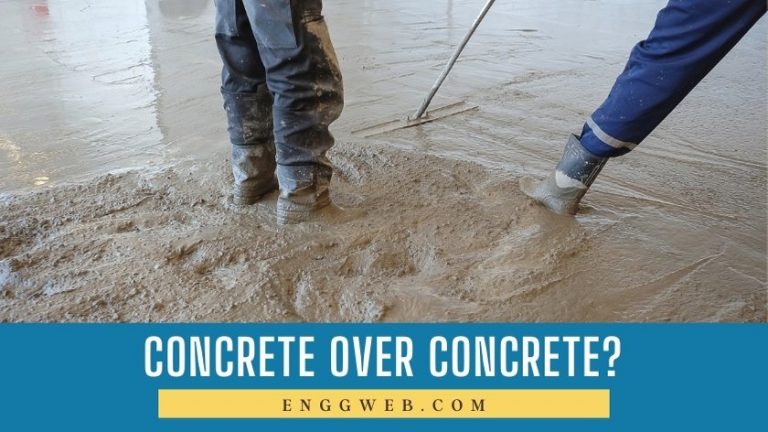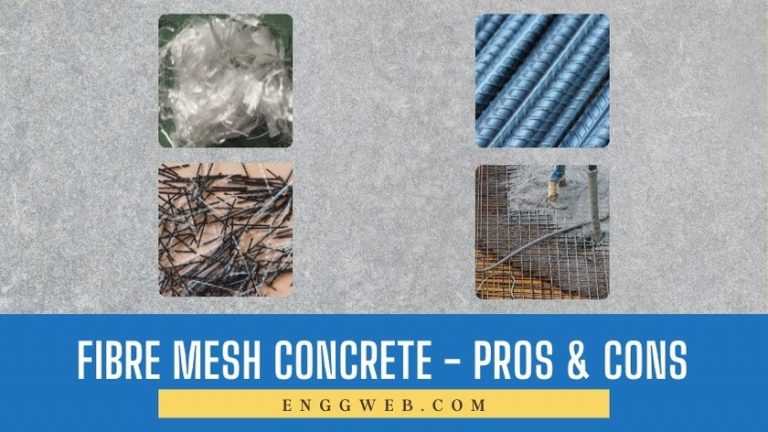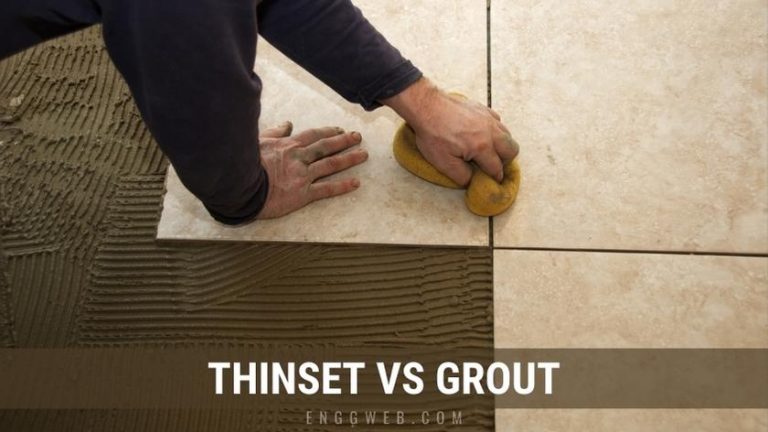What Is Slump in Concrete? Why Is Slump Test Important?
Concrete slump is a standard test performed on fresh concrete. What is concrete slump test, and why is it so important?

Contents
Definition of the Slump in Concrete
Concrete slump is a test of fresh concrete’s consistency. This term is literal since the concrete slump measures how much the fresh concrete slumps when left to stand. A high slump value indicates highly fluid concrete, while a low slump indicates drier concrete.
Importance of Slump In Concrete
Concrete slump is the first indication of whether fresh concrete is fit for purpose. Some applications call for highly fluid concrete, able to flow easily, such as when the concrete must be pumped before placement. Other applications call for stiff concrete mix designs, as when concrete is roller compacted. If the slump is incorrect, the fresh concrete is typically unsuitable for the application. It must be adjusted to suit the application.
While slump is an essential indication of concrete fluidity and its suitability for the application, it is not the only determining factor and can sometimes be misleading.
Here’s an example:
Two batches of fresh concrete are mixed and tested to have the same slump value. However, when these batches are placed, one moves into position quickly and is easily compacted, while the other does not.
Here, the mix designs differ, creating very different products, even though they have the same slump value.
How to Perform a Slump Test on Concrete?
A standardized slump cone is filled with fresh concrete to test the concrete slump.
Here is how you should perform the test:
- Wipe a hard, flat surface using a damp cloth.
- Do the same with the inside of the slump cone, and place it firmly on the hard surface, broad side at the bottom.
- Fill one-third of the slump cone with fresh concrete, then use a tamping rod to consolidate the concrete by tamping it 20 times.
- Repeat this twice more until the cone is filled. Lift the slump cone in one straight, smooth movement, allowing the concrete to slump.
- Place the slump cone upside down next to the slump and measure the vertical distance between the top of the concrete and the top of the slump cone.
This is the slump value, typically reported in millimeters.
Factors Affecting Slump in Concrete
Water-Cement Ratio
The wetter the concrete, the higher the slump value. Adding more water to a concrete mix design makes it more fluid. If too much water is added, the mix design will likely segregate (the wet paste runs off the aggregates instead of keeping them together). If too little water is added, the paste may not cover all the aggregate, and the slump value will be low.
Keeping the water-cement ratio consistent ensures that the hardened concrete’s compressive strength remains consistent. To achieve this, cement must be added to the mix design proportional to the amount of water added.
Aggregate Size and Gradation
Aggregate size and particle size distribution have a marked effect on slump and concrete mobility. Aggregates typically contain particles of various sizes, falling within a certain size bracket. Matching the coarse and fine aggregates in a mix design to create a smooth grading curve is essential to creating a mobile mix design. The grading curve refers to the number of particles of each size present in the mixture.
When a mix design contains aggregates with a smooth grading curve, and sufficient cementitious paste (water and cement mixture), the fresh concrete will be mobile, typically resulting in a high slump. Here, the particles roll over each other easily, with the smaller particles filling the spaces in between the larger particles.
Sometimes, concrete with a jagged grading curve could also have a high slump value. However, the concrete will not flow easily here since the particles will not roll over each other easily. The concrete will be difficult to compact and not easy to work with.
Aggregate Shape
The aggregate shape has a marked effect on concrete slump. The rounder and smoother the aggregate, the more mobile the concrete, and thus the higher the slump value. Think of it this way: If you pile smooth, round marbles in a heap, they will roll over each other, and the heap will flatten. However, if you pile angular blocks on each other, they’ll likely stay in position, creating a large heap.
The same principle applies to concrete. Use the same mix design but replace the original rounded pebbles with angular crushed stone. The slump value will probably decrease. This is because the angular aggregate particles don’t move around in the mix design as quickly as the rounded particles.
Amount and Type of Admixtures
There are various chemical admixtures available to enhance concrete properties. Water-reducing admixtures enhance concrete slump properties. Here, the admixture allows the cementitious paste to be more fluid without requiring more water in the mix design. Refer to our article on admixtures for more information on how this works.
Temperature and Humidity
Concrete tends to dry and set more quickly at higher temperatures, thus negatively affecting the slump value. Icy conditions could freeze some or all of the fresh concrete water, negatively affecting the slump value. Extreme humidity could affect the mix design’s water content, increasing the slump value. When mixing concrete in extreme weather conditions, it is essential to compensate for it, ensuring that the fresh concrete has adequate mobility.
Types of Slump in Concrete
The slump test is the most critical and standard test on fresh concrete. Understanding this test and recognizing when it was performed incorrectly is essential.
1. True Slump
When performing a slump test, the desired result is a true slump test since this accurately reflects the concrete’s fluidity. A true slump is slightly bell-shaped, with the highest point of the slumped concrete in the center. The slump is measured at this highest point.
2. Shear Slump
A shear slump occurs when the slump cone is not raised vertically, pulling the slump sideways. Here, the highest point of the slumped concrete is towards the side. In this case, the test must be repeated to obtain a true slump, and the result must be discarded.
3. Collapsed Slump
A collapsed slump occurs when the slumped concrete falls apart completely. This result typically occurs when the slump cone is raised too fast, not allowing the concrete adequate time to settle into position. This result must also be discarded and the test repeated.
Sometimes, the concrete mix isn’t cohesive enough to perform a true slump test. In this case, the mix design should be adjusted to improve its cohesiveness. Suppose the cementitious paste in the mix design can’t adequately keep the aggregates together. In that case, the concrete will be tough to place and compact, negatively affecting the resulting product.
Significance of Slump in Concrete
For various reasons, the slump value is an essential indicator of fresh concrete properties.
Relationship to Concrete Strength and Durability
Fresh concrete’s slump value isn’t directly linked to concrete strength and durability. However, the mix design’s water content significantly affects the slump value.
Suppose the water content in the mix design is adjusted without adjusting the cementitious content to maintain the water-cement ratio. In that case, the hardened concrete’s compressive strength will change.
Compressive strength is directly linked to the water-cement ratio.
The fresh concrete isn’t cohesive enough if the slump test repeatedly shows a collapsed slump. This directly affects how easily the concrete can be placed and compacted. This, in turn, affects durability. If the fresh concrete can’t be adequately compacted, the resulting hardened concrete wouldn’t be as durable.
Presence of Segregated concrete
The slump test will also show if there’s segregation in the mix design. Here, a watery cement paste will run off the coarse aggregate, leaving a pile of stones in the center of the slump. This could be seen in varying degrees, ranging from slight to extreme segregation.
Segregated concrete results in less durable hardened concrete.
The cementitious paste forms a layer on top of the placed concrete, far more prone to shrinkage and cracking than the underlying concrete. Here, the top layer typically cracks, exposing the aggregates underneath and negatively affecting concrete durability.
Use in Determining Concrete Mix Proportions
Concrete slump value indicates whether the fresh concrete can be placed in the manner planned for the application, whether roller compacted, pumped, conventionally placed, or any other form of placement. It also indicates suitability for the desired compaction method, such as tamping, vibration, or self-compaction.
When the slump test indicates that the concrete isn’t suited to the project’s specifications, the mix design must be adjusted. If the slump value is too low, the concrete requires more moisture or a larger dosage of water-reducing admixtures. Sometimes, this could also be due to the aggregate ratios, particle shape, and size distribution. Adjusting this would also affect the slump value.
Ample literature is available to guide mix design methods and troubleshooting. However, the best person to adjust a mix design is typically working with the concrete on site. These experienced technicians have learned to understand concrete, knowing what is necessary often just by looking at it and handling it.
In short: concrete slump is an important test in determining mix design proportions. Here, the slump value should be noted, but also the concrete’s physical appearance and movement.






